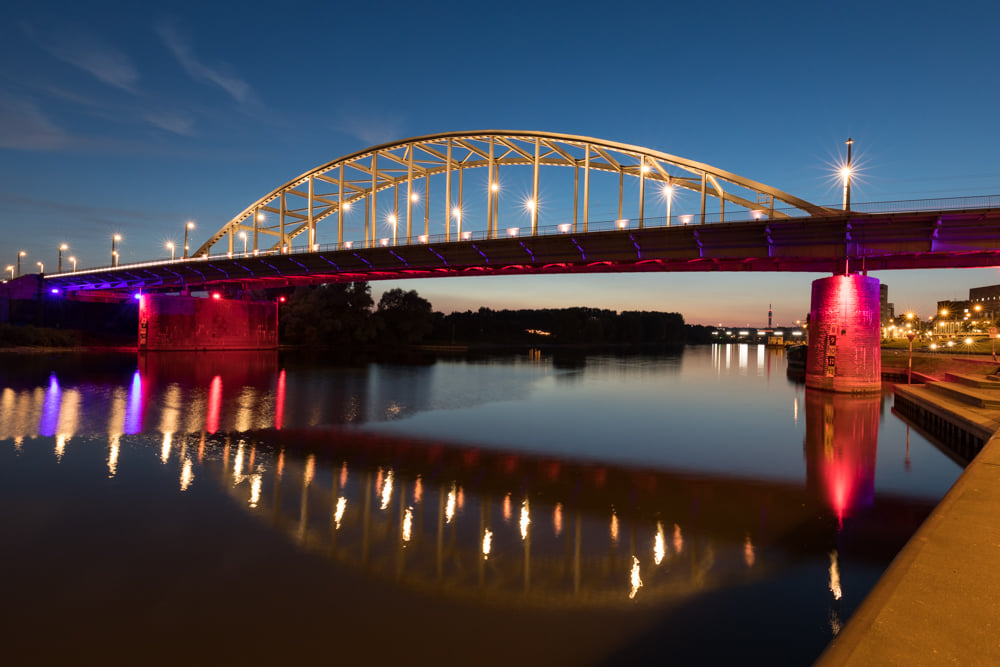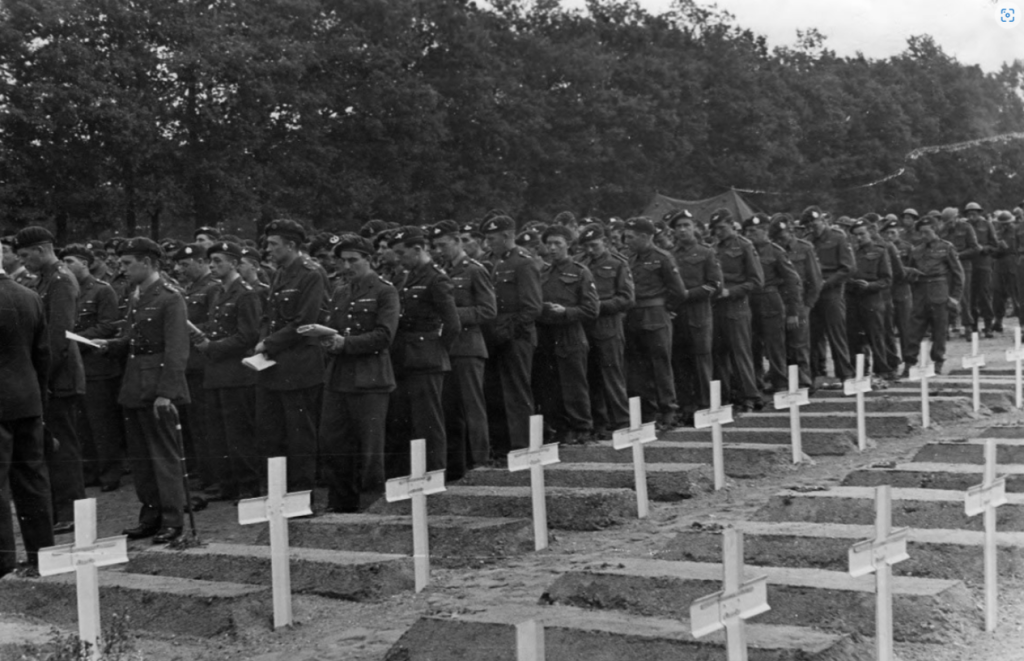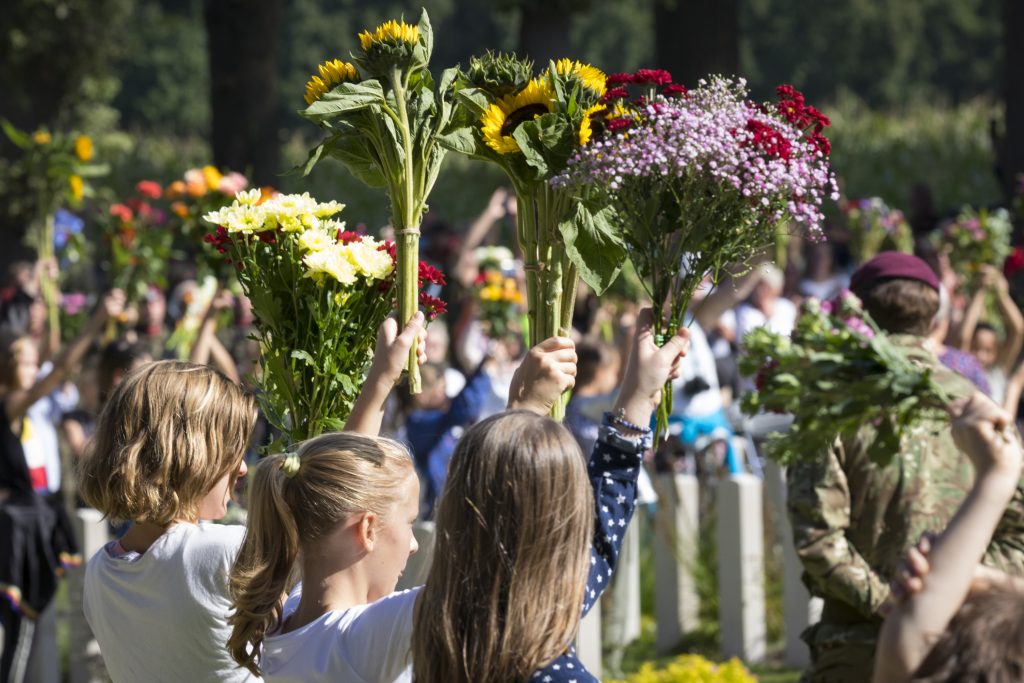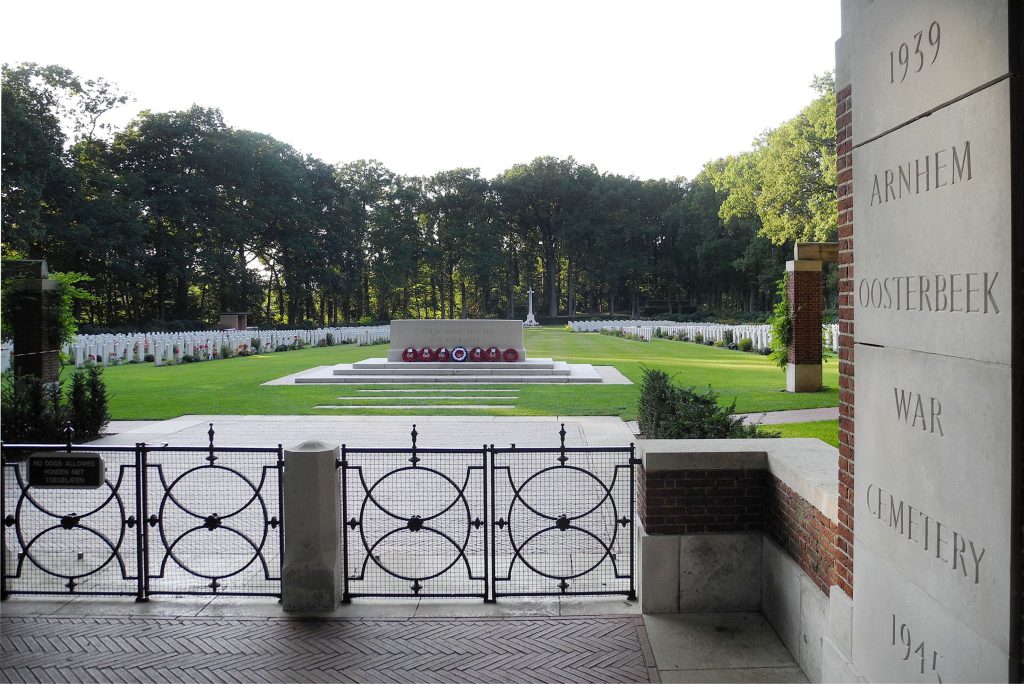history
MARKET GARDEN
Operation Market Garden started on the 17th of September 1944. The military operation consisted of two parts: a large airborne operation (Market) and a ground campaign (Garden). British, Polish and American airborne forces would secure the bridges over the main rivers to clear a path for the ground troops to the IJsselmeer. The Germans in the west of The Netherlands would be cut off and the Allied troops would be able to outflank the German defence into the Ruhr area, the industrial hart of Germany. It was hoped by taking the Ruhr area the war, which had already been going on for five years, could be ended
Securing the road bridge in Arnhem and the railway bridge near Oosterbeek was part of the Operation. From the 17th of September troops of the 1st British Airborne Division and the 1st Independent Polish Parachute Brigade landed on several drop- and landing zones to get to the bridges via the villages of the Renkum Municipality; Wolfheze, Heelsum, Renkum, Doorwerth, Heveadorp and Oosterbeek.
Only the 2nd Battalion of Lieutenant Colonel John Frost reached the road bridge and managed to keep positions for four days. The other troops were not able to get into Arnhem and regrouped at Oosterbeek. The railway bridge had already been blown up by the Germans at that time.
During the night of the 25th of September the British troops withdrew over the Rhine river. After nine days the 'Battle for Arnhem' came to an end.

AIRBORNE MEMORIAL SERVICE
The first Airborne Memorial Service took place on Sunday the 25th of September 1945 at the initiative of Major General R.E. Urquhart and acting Mayor Jan ter Horst. In a joint commemoration service of British and Dutch the fallen soldiers were remembered.
The order of service was printed by the local printing houses and contained the singing of the national anthems and saying of prayers. Musical accompaniment of the hymnes was provided by the Koninklijke Harmonie of Oosterbeek. The first Airborne Memorial Services was ended by a blessing and the 'Last Post' and 'Reveille'.
In 1945 only the Men of the British 1st Airborne Division were remembered. A year later the Royal Air Force and other Allied Forces were also mentioned. Since 1979 the Men of the 1st Independent Polish Parachute Brigade are explicitly mentioned.
Today the order of service of the Airborne Memorial Service is still the same as it was on that Sunday in 1945. The musical accompaniment is still provided by the Koninklijke Harmonie from Oosterbeek.

the flowerchildren
During the Airborne Memorial Service over 800 children enter silently the Cemetery to lay flowers on the graves. It was Father Dijker who suggested in 1945 to have children of the local schools to lay flowers on the then dark and sandy graves.
This tradition was kept until the 25th anniversary in 1969. In 1978 the schools appeared to want to show their respect once more and the tradition was restored.
The entry of the schoolchildren with flowers from their gardens and from the fields around Oosterbeek has always made an impression on the troops present. Many attendees still think the contribution of the flowerchildren is the highlight of the Airborne Memorial Service.

The Arnhem-Oosterbeek War Cemetery
After the Battle of Arnhem it became clear how devastating it had been: the damage to the villages, the many wounded soldiers and civilians and the many deaths that had been buried in temporary (field)graves.
On the 30th of July 1945, after consultation between the Municipality of Renkum, the Allied Commanders and the Netherlands Department of Defense, the construction started of the Arnhem-Oosterbeek War Cemetery, more commonly known as the Airborne Cemetery. In February 1946 it was completed and it has become a final resting place for 1.730 fallen men of the Allied Forces.
The Cemetery and the graves are looked after by the Commonwealth War Graves Commission (CWGC). On the CWGC-website more information about the Cemetery and individual graves can be found.

